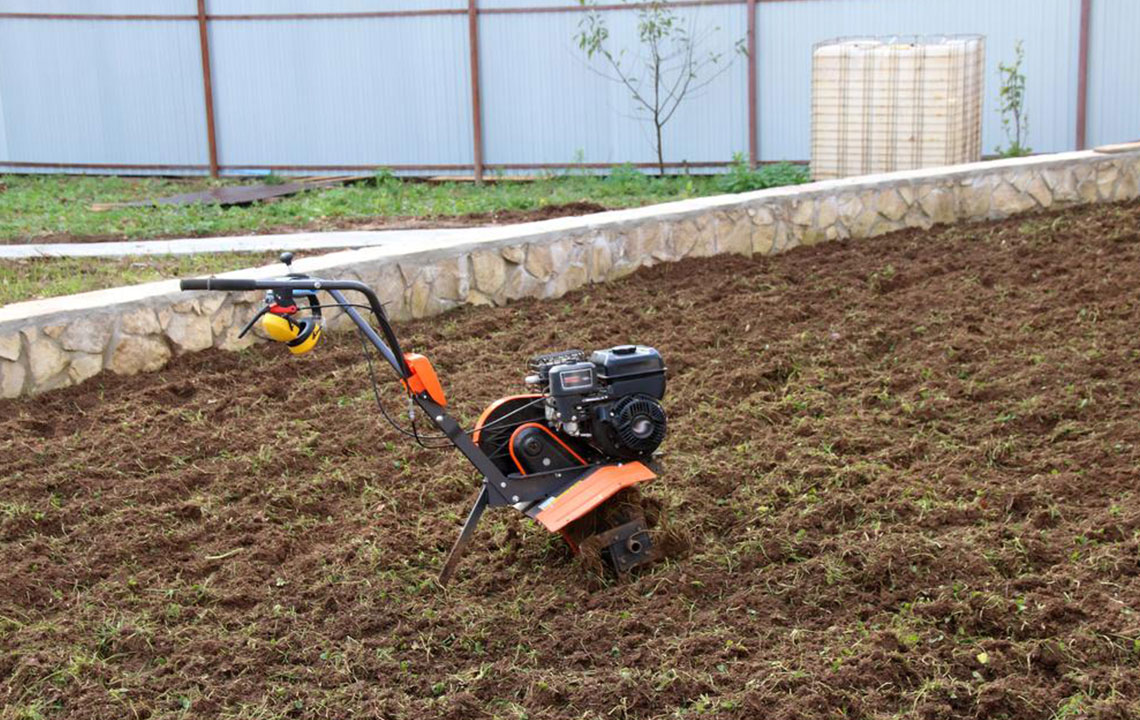Here are six different types of gardening tillers
If you are just starting to develop your garden and are looking for gardening supplies, chances are that you must be looking to buy a gardening tiller. Here is a list of different types of gardening tillers.
Electric tillers
If you have a small garden, an electric tiller must be a part of your gardening supplies. Electric tillers are less powerful than gas tillers, but in the case of a small garden, they are often adequate.

Gas tillers
In comparison to electric tillers, gas gardening tillers are more powerful and are suitable for a big garden. These work easily with weeds, rocks, and compact soils. The two factors to keep in mind while buying these are that you would have to maintain them mechanically, as they tend to get dysfunctional if not used for a long time.
Cultivators
Cultivators are slightly different from tillers. They work well on already existing plant area, and they are not that powerful. They are easier to manoeuvre than tillers and are meant for cultivating and not for tilling. You can buy them as your gardening supplies as they are very small and handy to work on cultivating the soil and consume less power.
Mini Tillers
Mini tillers have sharper and deeper tines in comparison to cultivators. They are tillers but in smaller sizes.
Front tine tillers
These tillers have the tines or blades in the front region of the machine. They are good enough for small or medium-sized gardens for tasks such as weeding, soil preparation and composting. Keep checking online websites so as not to miss out on any advertisements with garden tillers for sale.
Rear tine tillers
These tillers have tines in the rear part of the tiller. Equipped with engine-driven wheels, they can be used either for tilling already planted beds for tasks such as cultivating and weeding or they can be used for breaking new uncultivated grounds. They are a very powerful option for your gardening supplies if you have a large garden.















